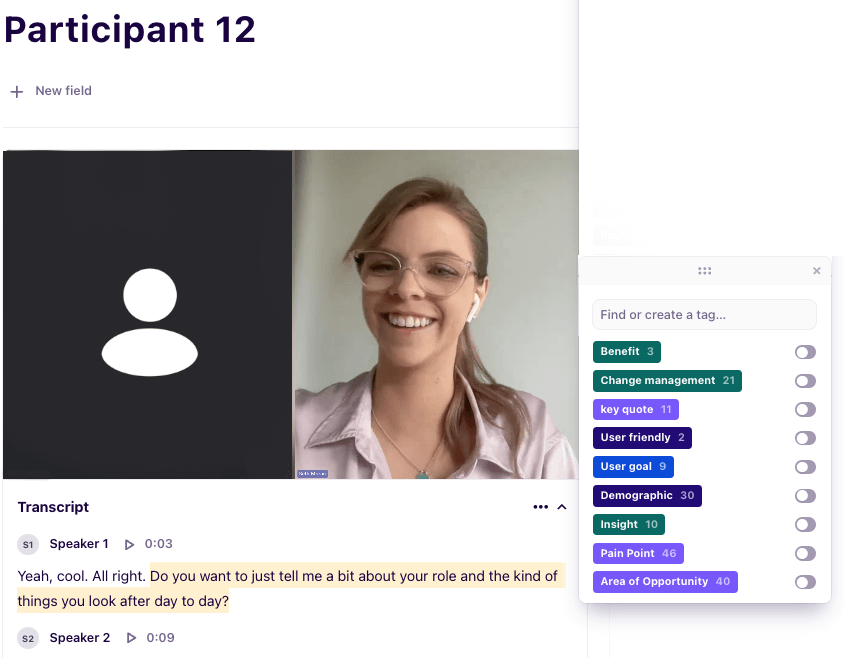The
CREATION
PROCESS
I often joke that to be a good designer, you really need to just be able to talk to people. The skill of listening is the most powerful tool you could possess as a designer. A job well done is not about watching the clock, it’s when you dive in and really give all of yourself to the exercise.
To design something, you should never just simply look at a blank canvas and spit out designs. You have to first listen to the user your designing for and think through every user touch point:
Research
User research is essential to designing the best user experience, reducing risk, increasing engagement, increasing retention, and understanding the needs of our users.
My user research methods include ethnographic field studies, guerilla testing, workshops, surveys, and interviews. My goal is to gain insights into my targeted users' problems, opportunities, goals, behaviors, and preferences by analysing the results of these methods and seeking innovative approaches to truly empathise and understand the user's perspective.

Concepting
The more knowledge I gain, the more I understand who I am designing for and how I can tailor my designs to them.
As part of the design thinking process, I use a range of techniques such as problem statements, empathy mapping, story mapping, sketches, wireframes, etc., to think of innovative solutions. My concept is validated by presenting, testing, and collecting feedback from my users.
Design
Now that I have all my research, concepting, and feedback in hand, I can begin the design process.
UX (User experience)
My focus is not on the medium I'm designing for, but rather on the user's joy, desire, and fulfillment.
User Interaction
How does one navigate the product? Does it flow naturally within itself and the environment it will be living in?
UI (User interface design)
I use a mixture of behavioral psychology and visual communication to then bring life and purpose to my product interactions.

I enjoy to follow the double diamond method as a guide (discover, define, develop, deliver). After all, design is creative and should never be forced through an exact/identical process every time.
Powerful brands use a blend of artistic design and strategic science.